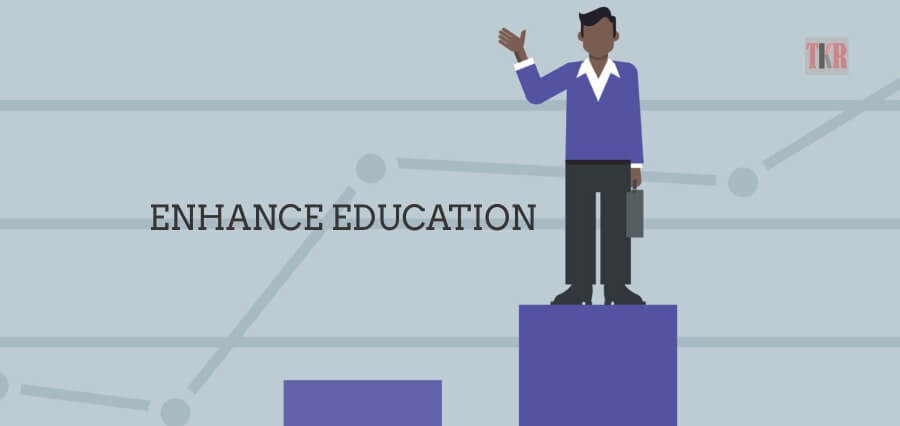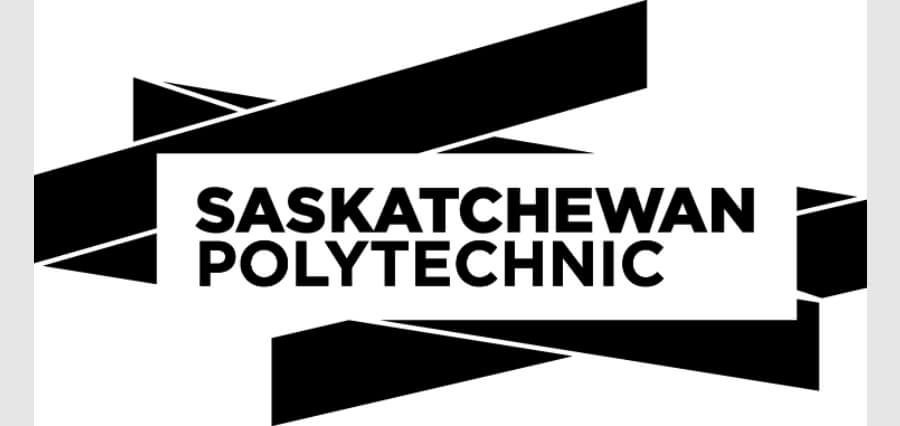The quality of teaching is the single greatest determinant of a student’s ability to learn. Year-to-year student-test results indicate that students learn more from some teachers than the other. Teacher-evaluation is a formal process used by an educational body to rate and review a teacher’s performance. For a long time now, education industry has developed various teacher-evaluation systems and leveraged the same to improve the quality of education provided.
Gauging a teacher’s performance is as important for the teachers as it is for the students. It helps the teachers to identify their strengths as well as weaknesses and work towards improvement and self-development. As it is said, learning is a continuous and never-ending process. Employing the process of learning in the profession of teaching is a potent tool for bettering the education standards. Moreover, it is crucial for the overall efficiency of an educational institution. Examination and development of the teaching practices will eventually make an institute optimal and better, helping it to climb the ladder of success.
Since, the turn of the century, teacher evaluation has become a prominent practice in the education industry and numbers of systems have been developed to ensure proper assessment. But the teacher-evaluation systems can be broadly categorised into formative-type and summative-type.
“An evaluation system that fosters teacher learning will differ from the one whose aim is to measure teacher competence.”- Robert J. Marzano
This sums up the difference between formative and summative teacher-evaluation systems.
Formative teacher-assessment systems are the ones in which teachers are observed continuously at regular intervals to improve the teachers’ performance and the students’ achievements. The evaluators not only have to drop-in the lessons of the teachers for observation, they should also examine a teacher’s lesson plan, designed assignments, average student score on the assignments, and student development. Continuously noting the results of such evaluation will help the evaluators to understand how the teacher has improved his/her teaching practice and has value-added to their students’ development. This system also helps the teachers to self-evaluate and work on their weak areas.
While the formative-type evaluation is focused on the teachers’ development, the purpose of the summative-type is measurement of the teacher’s ability. This further involves dismissal of those who are judged as inefficient. The institute’s administrator evaluates the teacher’s performance based on few observations and decides whether they satisfactorily add to the teaching-force or should not continue further.
Even though summative-type evaluation is sometimes necessary to maintain the efficiency of an institute; it thwarts a person’s improvements and erodes their sense of security. It is always suggested that the two purposes of teacher-evaluation should remain distinct from each other. Formative-type assessment is said to be better as it targets development and does not induce the fear of dismissal even in the teachers who perform satisfactorily.
Although, the practice was identified and exploited long back, all the systems developed for the teacher-evaluation process have been unsatisfactory. All the systems have led to the results that mark maximum number of teachers as excellent or average. Very few teachers are identified as below average. Even though maximum teachers are rated as effective, a lot of students have been proven non-proficient in many subjects. Somewhere, the results don’t add up. The teacher-evaluation and the student-evaluation process, each tell a story contradicting to the other. Identifying this, it is not wrong to say that the development of efficient teacher-evaluation systems is necessary.
Recently, the teacher-evaluation process has undergone significant changes. Being an ignored policy for long, it is now an encouraged and noteworthy practice in K-12 education. Interest of philanthropists in increasing effectiveness of teachers, growing research on the teacher quality, and encouragement and interference by the government to implement and improve the evaluation systems have triggered development in the already existing systems. Even then, the new teacher-evaluation methods are not very efficient and need to be enhanced.
The teacher-evaluation should be a formative feedback process. Moving ahead from the single end-of-the-year evaluation, a continuous formative process has to be undertaken, which incorporates regular feedbacks from the evaluators as well as the teachers. This may help in understanding the development cycle of the teachers and find the loop-holes in the evaluation system. Increased discussions and collaborations amongst the teachers can also trigger improvement in the overall staff. Suggestions and evaluation from close colleagues, who have excellent teaching practices, will help a teacher to develop faster. Following this practice can also make the evaluation process more comfortable for the teachers. The evaluators should be well-informed about the evaluation techniques and methodologies and should stay up to date with all the developments in this area.
Along with this, student evaluating the teachers is also a good angle to enhance the teacher-evaluation systems further. Again, it should be a continuous process instead of one evaluation at the end of the year. Asking necessary questions and taking the students’ feedback can help a teacher to learn a lot. They can have an idea about what makes the learning interesting for the students and whether the speed of teaching matches the speed of grasping for all the pupils. Also, assessment by the students helps the teachers to understand the practices and teaching methods that are more effective from the student point of view. With the increased interaction between the teachers and the students, mutual learning can be promoted in the classroom environment.
Being an ignored practice for a long time, teacher-evaluation has gained momentum for some time now. Developing as a prominent policy in the education sphere, various teacher-evaluation methods have been suggested and implemented over the years. Due to the unsatisfactory results of the existing systems, there is a need for improvement. Certain practices like adapting more formative feedback processes, inter-staff discussions, promoting implementation and research in the aspect of teacher-evaluation by the government, and teacher-assessment by the students can help in improving the quality of the teacher-evaluation. Learning how to teach better may sound funny, but it surely is of importance.









